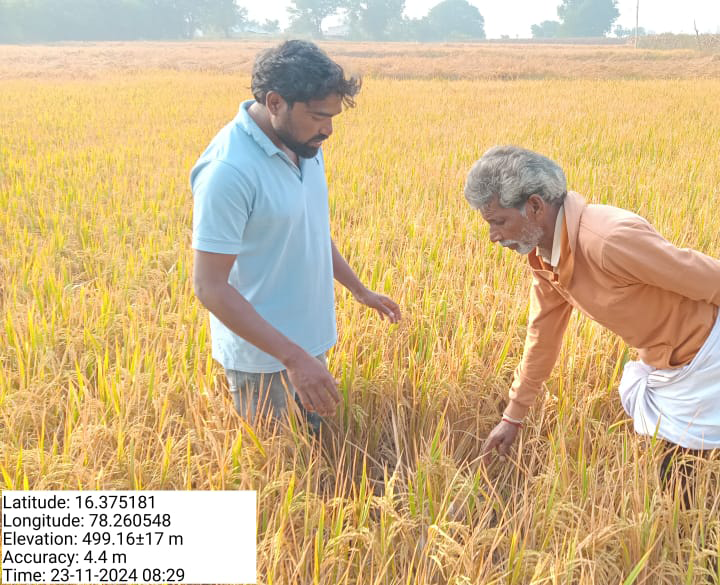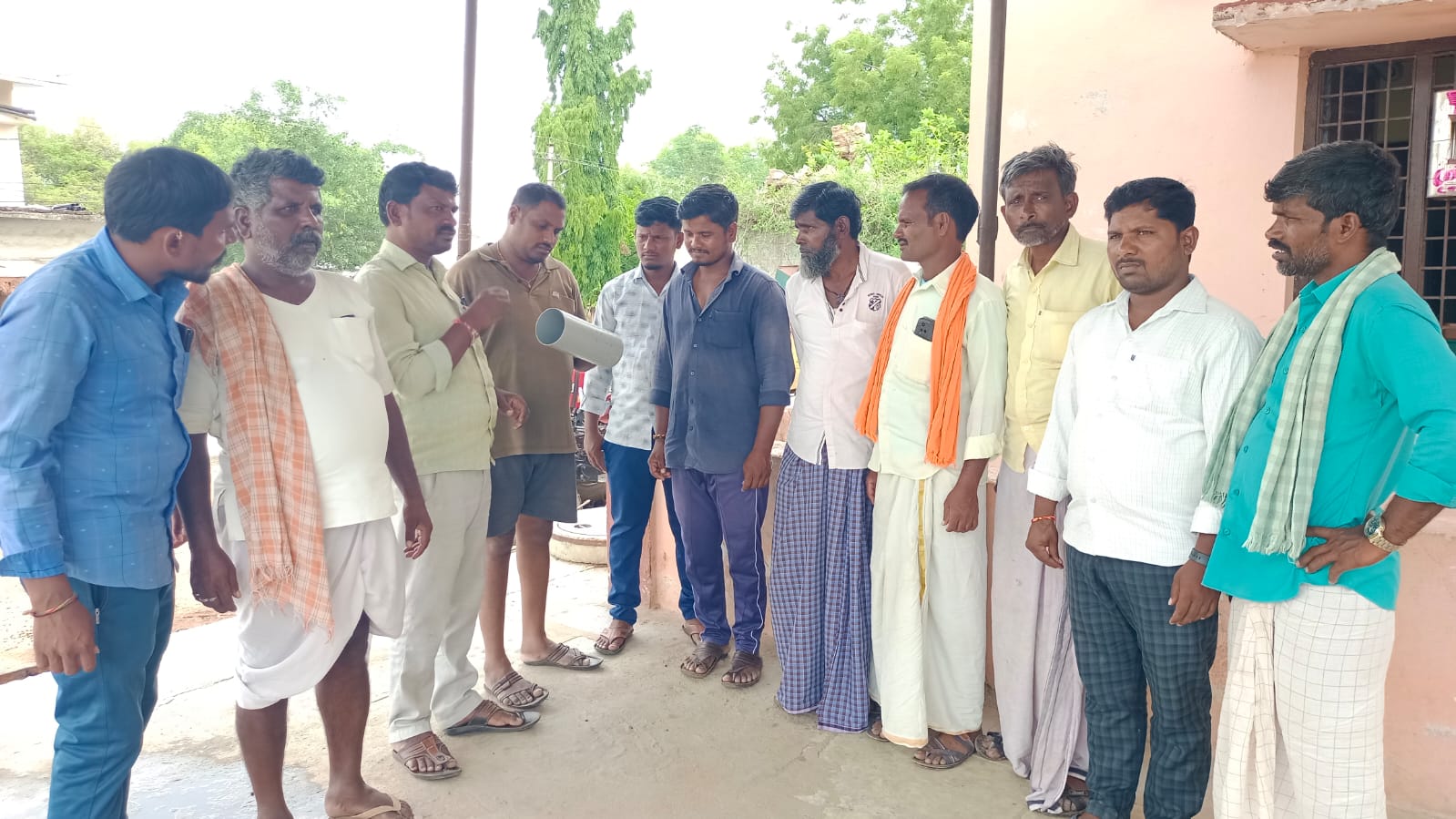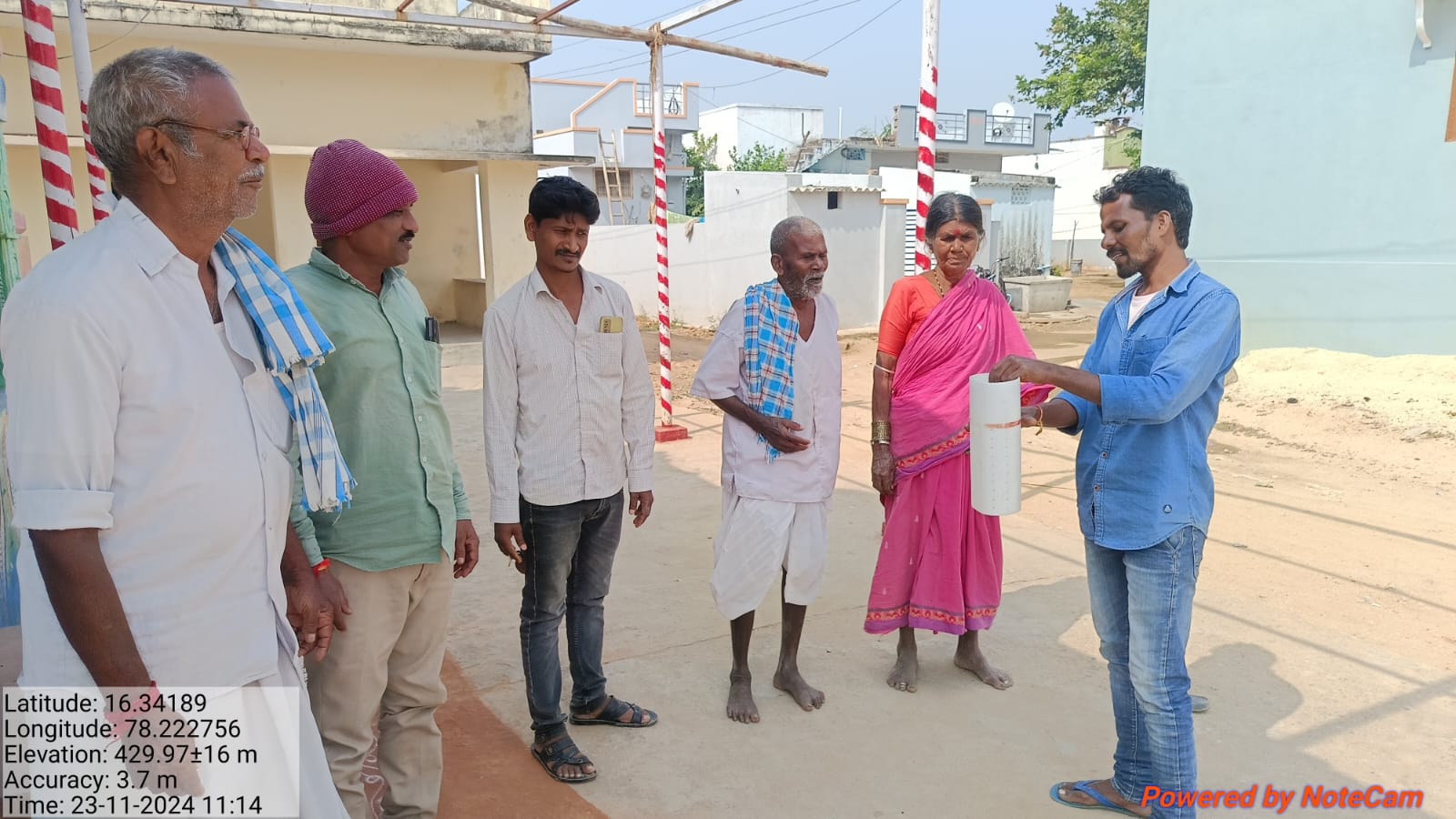Water-Smart Farming – A Climate Solution, Not an Option
What is AWD (Alternate Wetting and Drying)?
AWD, Alternate Wetting and Drying, is a water-saving irrigation practice for paddy farming. It refers to rice paddies not being continuously flooded. Rather, water is given only when the crop requires it. This technique replicates the natural requirements of the crop, saves water, and minimizes harmful methane emissions.
In plain words, AWD is the cleaner, smarter, and more climate-friendly method of growing rice—without damaging yields, and with enormous gains to farmers and the planet.
While conventional rice farming involves flooding fields perpetually, AWD enables fields to dry intermittently. This saves water, reduces input expenses, and above all—prevents methane, a highly effective greenhouse gas. And yet, for many farmers, this revolutionary practice is not known or within reach.

GKF Agroforestry's Commitment and AWD Action Plan
Sustainable agriculture is not just a policy – it’s a people’s movement, we believe at GKF Agroforestry Pvt. Ltd. Our AWD programs are being rolled out in six states of India — Telangana, Andhra Pradesh, Karnataka, Chhattisgarh, Odisha, and Maharashtra. with more than 2,01,000 farmers on 1,00,000 hectares joining this climate-smart revolution.
Our strategy is centered around:
- Educating farmers about when and how to irrigate intelligently
- Installing field-level water monitoring pipes
- Assisting them to transition to drying and rewetting cycles without affecting crop production
- Decreasing methane emissions, allowing farmers to receive carbon credits
- Assisting them with equipment, training, and market access
Through adopting AWD, we assist farmers in cutting down on irrigation requirements, saving electricity, and receiving payments from carbon markets—making climate action pay.With innovation, collaboration, and projects that serve a purpose, we’re creating an agricultural future that feeds the world, not fouls it. With each saved drop and avoided ton of methane, we inch closer to a climate-safe future.




